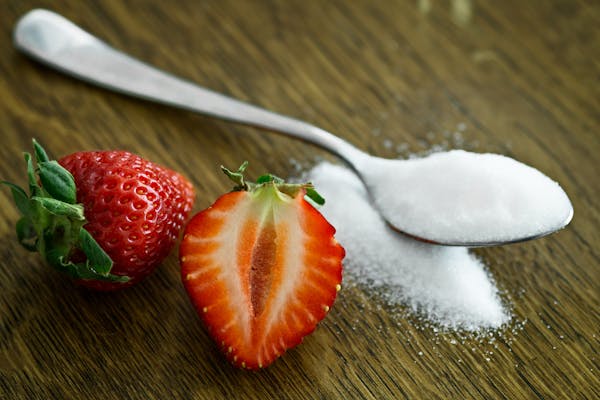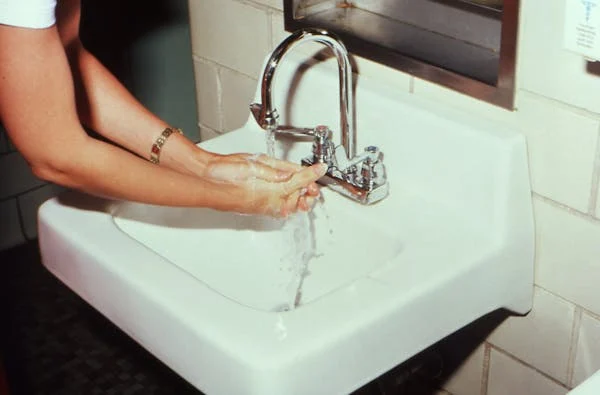In the hustle and bustle of our daily lives, the kitchen serves as the heart of the home—a place where families gather, meals are prepared, and memories are made. However, amid the warmth and comfort of this vital space, there exist hidden dangers that could potentially jeopardize our health. From lurking bacteria to harmful chemicals, our kitchens harbor various hazards that demand our attention and vigilance. In this article, we unveil these hidden dangers and explore measures to mitigate their risks, ensuring a safer and healthier culinary environment for all.
I. Bacterial Breeding Grounds
While the kitchen may appear spotless, it often hosts a plethora of bacteria, some of which can pose serious health risks if not properly managed. Common culprits include Salmonella, E. coli, and Listeria, which can contaminate food surfaces and cause foodborne illnesses. These bacteria thrive in warm, moist environments, making the kitchen an ideal breeding ground if hygiene practices are neglected.
To combat bacterial growth, thorough cleaning and sanitation are paramount. Regularly disinfecting countertops, cutting boards, and utensils with hot, soapy water can help eliminate harmful pathogens. Additionally, practicing proper food handling techniques, such as washing hands frequently and storing perishables at the correct temperatures, can significantly reduce the risk of contamination.
II. Chemical Contaminants
In addition to bacteria, our kitchens may also harbor various chemical contaminants that pose health hazards. From cleaning agents to non-stick cookware, many common kitchen products contain potentially harmful chemicals such as phthalates, perfluoroalkyl substances (PFAS), and bisphenol A (BPA). Prolonged exposure to these chemicals has been linked to a range of health issues, including hormonal disruptions, reproductive problems, and cancer.
To minimize exposure to chemical contaminants, opt for safer alternatives wherever possible. Choose natural cleaning products free from harsh chemicals and avoid non-stick cookware coated with perfluorinated compounds. Additionally, storing food in glass or stainless-steel containers instead of plastic can help reduce the risk of chemical leaching.
III. Cross-Contamination Hazards
Cross-contamination occurs when harmful bacteria are transferred from one surface to another, typically through contact with contaminated food or surfaces. This poses a significant risk in the kitchen, where raw meats, poultry, and seafood are frequently handled alongside fresh produce and cooked foods. Failure to prevent cross-contamination can lead to foodborne illnesses and gastrointestinal infections.
To prevent cross-contamination, it is essential to practice strict food safety protocols. Use separate cutting boards and utensils for raw meats and produce, and wash hands thoroughly after handling raw ingredients. Additionally, sanitize surfaces and kitchen tools regularly to reduce the risk of bacterial transfer.

IV. Food Storage Risks
Improper food storage is another hidden danger lurking in many kitchens, as it can lead to spoilage, contamination, and foodborne illnesses. Perishable items such as meats, dairy products, and leftovers must be stored at the appropriate temperatures to prevent bacterial growth and maintain freshness. Failure to do so can result in food spoilage and the proliferation of harmful pathogens.
To safeguard against food storage risks, adhere to recommended storage guidelines and expiration dates. Keep perishable items refrigerated at or below 40°F (4°C) and consume leftovers within a timely manner. Additionally, invest in a reliable food thermometer to ensure that foods are cooked and stored at safe temperatures.
V. Conclusion: Safeguarding Your Kitchen, Protecting Your Health
In conclusion, the kitchen, while a hub of culinary creativity and familial bonding, harbors hidden dangers that can compromise our health if left unchecked. From bacterial contamination to chemical hazards, these risks underscore the importance of adopting stringent hygiene practices and mindful food handling techniques. By implementing proper cleaning protocols, minimizing exposure to harmful chemicals, preventing cross-contamination, and practicing safe food storage habits, we can create a safer and healthier kitchen environment for ourselves and our loved ones.
VI. FAQ Section
Q1: How often should I clean my kitchen to prevent bacterial growth? A1: It is recommended to clean your kitchen surfaces, including countertops, sinks, and appliances, at least once a day. Additionally, high-touch areas should be sanitized more frequently, especially after preparing raw meats or handling food.
Q2: Are natural cleaning products effective in eliminating bacteria in the kitchen? A2: Yes, many natural cleaning products, such as vinegar, baking soda, and hydrogen peroxide, have antibacterial properties and can effectively eliminate harmful pathogens when used correctly. However, it is essential to follow proper cleaning techniques and ensure thorough disinfection.
Q3: What are some safe alternatives to non-stick cookware? A3: Safe alternatives to non-stick cookware include stainless steel, cast iron, ceramic, and glass. These materials do not contain perfluorinated compounds and are less likely to release harmful chemicals when heated.
Q4: How can I prevent cross-contamination in my kitchen? A4: To prevent cross-contamination, use separate cutting boards and utensils for raw meats and produce, and wash hands thoroughly after handling raw ingredients. Additionally, sanitize surfaces and kitchen tools regularly to reduce the risk of bacterial transfer.




